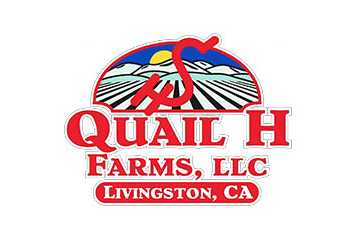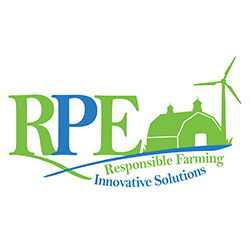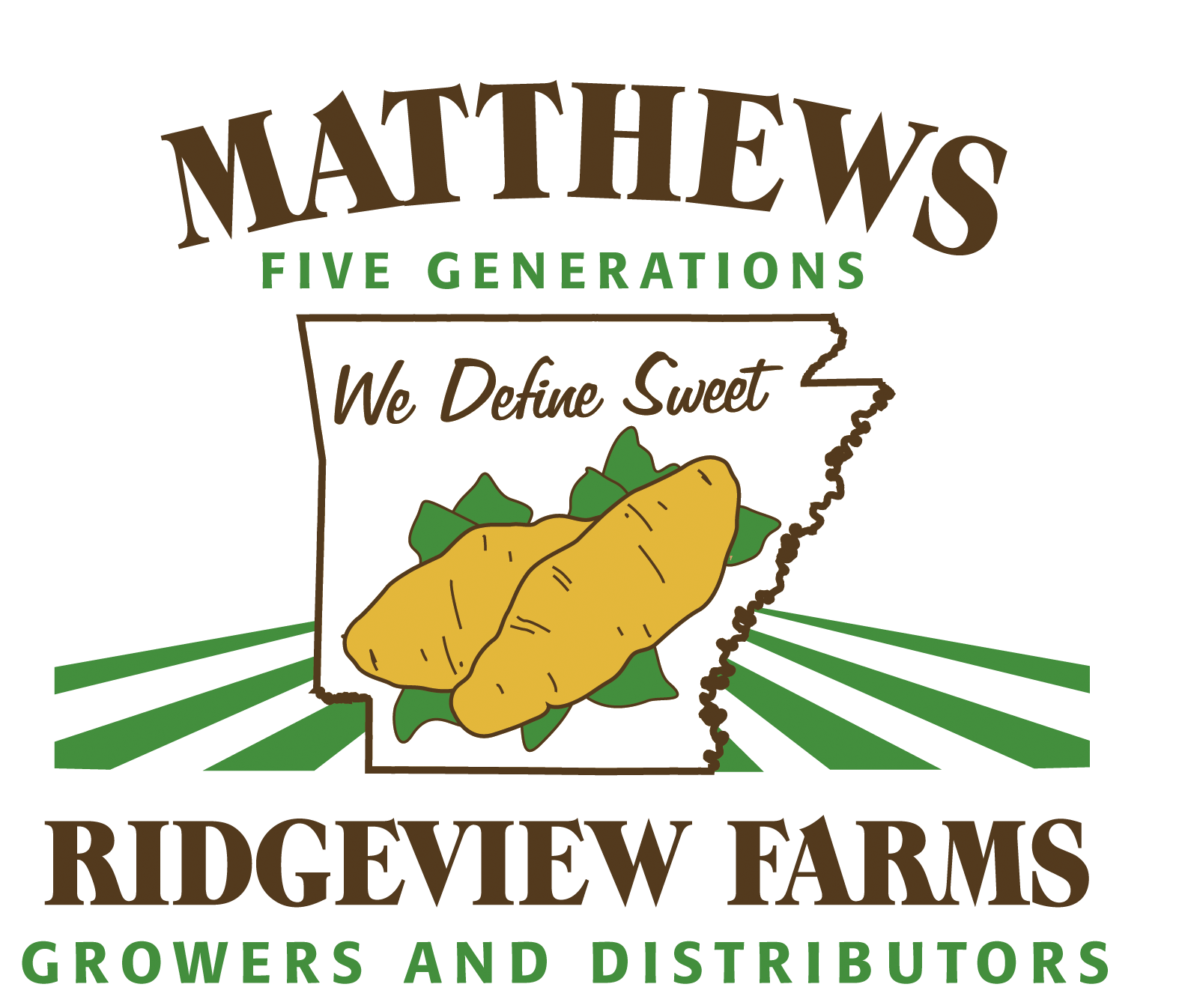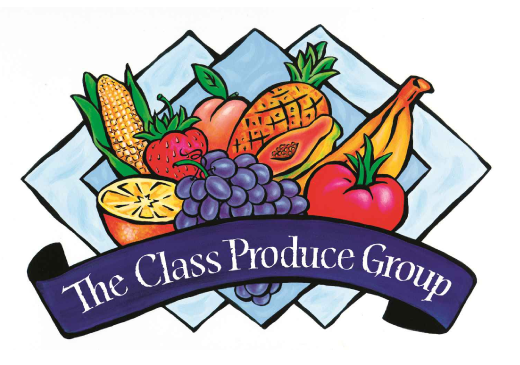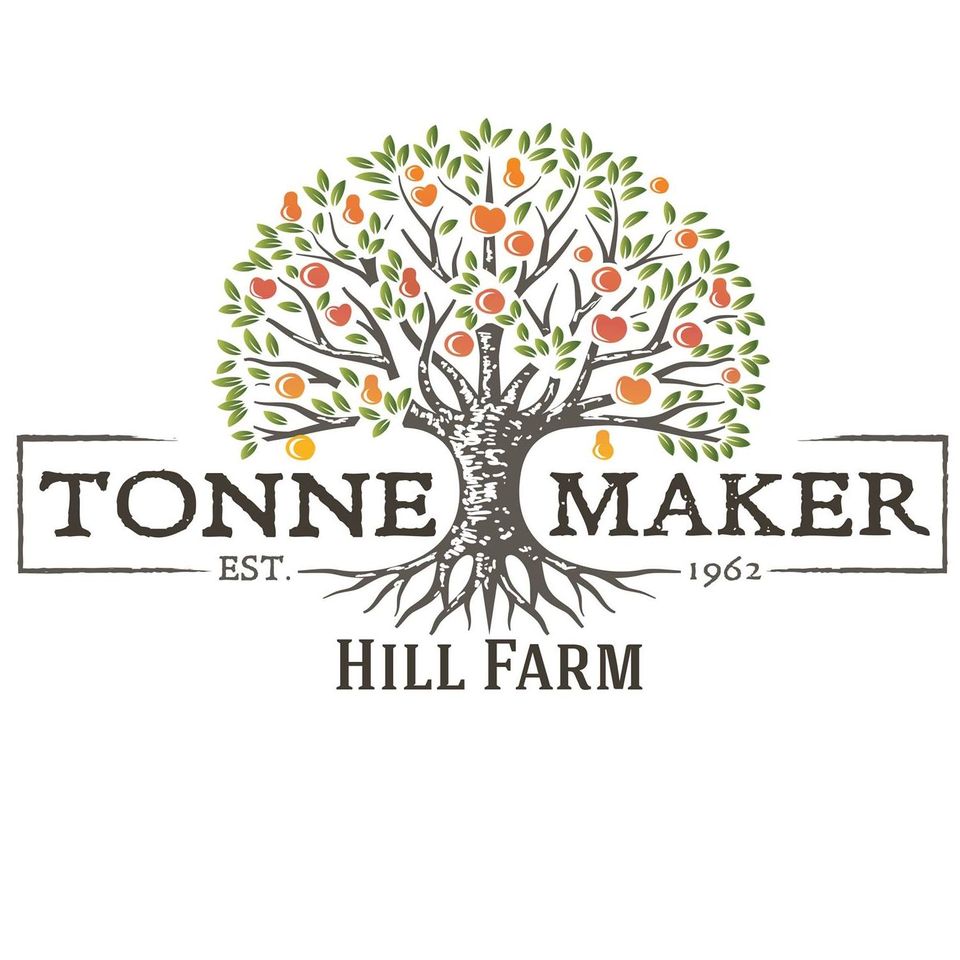Potato volume in Washington and Oregon may be down slightly this season, but growers anticipate decent size and quality.
Eagle Eye Produce
Growing conditions have been very good so far this summer for Mattawa, Wash.-based Del Christensen & Sons, whose potatoes are marketed by Eagle
Eye Produce, Idaho Falls, Idaho, says Coleman Oswald, director of sales for Eagle Eye Produce.
“We've had no major issues or disruptions from weather,” he says. “The crop is progressing very nicely.”
The company, which ships russet potatoes year round from the Mattawa location, will begin its 2025 harvest in August and continue as late as mid-October.
Oswald says Eagle Eye has been marketing product from Del Christensen & Sons, a multigenerational family farm, for about 10 years.
Great size and great quality are expected, Oswald says, “If all goes well until harvest time.”
About 70% of the product grown by the Washington location of Eagle Eye Produce goes to retail accounts, and 30% goes to foodservice buyers.
The company sells bulk product to retailers as well as consumer packs — mostly 5-pound bags but also a number of 10-pounders for club stores.

Norm Nelson
Growing conditions also have been favorable so far for Burlington, Wash.-based Norm Nelson Inc., says Ryan Schols, chief financial officer.
“It was pretty ideal for planting,” he says. “We're looking for good weather through the growing season.”
Weather has been a bit cooler than normal, which is good for potatoes, he adds. Volume should be typical for the grower this season.
The family-owned company, which was established in the early 1940s and is now operated by members of the second and third generation, markets Double-N brand potatoes.
Norm Nelson grows red, white, yellow and a few purple potatoes. Yellows have replaced red potato as the bestsellers, Schols says.
The company will begin its harvest in early-to-mid-September and finish in early November. Potatoes will be shipped from storage through May.
Up to 80% of the firm's tubers are sold in bulk boxes. Of the consumer packs, 3-pounders have been gaining popularity every year, Schols says.

Organically Grown Co.
In Oregon, Portland-based Organically Grown Co., which sources and packs organic red, russet and yellow potatoes for retail customers year round, will begin its harvest in late July, says buyer Jess Hardin, who leads the company's potato program. Yellows are its top sellers.
Potatoes are sold in bulk, in poly bags and in a 3-pound kraft paper bag under the Ladybug brand. About half the company's potatoes are sold in bulk and half are in consumer packs.
The potato program also includes specialty varieties of red, yellow, purple, fingerling and russet potatoes, most of which are available in 20-pound bulk cases.
“We are optimistic for a great year for quality and sizing based on good growing conditions so far,” Hardin says.
Besides potatoes, Organically Grown Co. markets a full line of fresh organic produce year round that encompasses more than 350 commodities, Hardin adds.
Adjustments Made
Potato acreage will be down slightly for Eagle Eye Produce this year because of challenging market conditions, according to Oswald.
“The last two seasons were not favorable to the farmer,” he says. “There's been a slowdown or a reduction in processing potatoes, so we've had processing acreage creeping into the fresh market.”
As a result, farmers were selling below the cost of production, so they cut back their potato acreage a bit.
“We've been in an oversupply situation as an industry,” Oswald says. “Markets have been quite suppressed.”
Although Norm Nelson Inc. usually ships potatoes through May, this year was an exception, Schols says, because the region received a lot of rain in the fall and lost some acreage. Sales were finished in March.
Schols describes prices as so-so.
“No records are being broken for great prices,” he says.
Washington and Oregon Potato Facts
Washington is second only to Idaho when it comes to potato production, says Chris Voigt, executive director of the Moses Lake-based Washington Potato Commission.
The state's growers harvested 159,500 acres of potatoes in 2024, according to USDA, and produced 101.2 million cwt for a value of $1.1 billion.
Acreage likely will drop to 145,000 to 150,000 acres this year as a result of softening demand, mostly for french fries and frozen potato products,
according to Voigt.
“We're not really seeing any drops in fresh potato plantings,” he says.
About 10% of the potatoes grown in Washington go to fresh market sales. The Columbia Basin in eastern Washington and the Skagit Valley are the state's main potato-growing regions.
Oregon, the fourth-largest U.S. potato provider, produced 26,875,000 cwt of potatoes in 2024 for a value of $1.1 billion, according to the USDA.
About 5% to 10% of the state's 43,000 harvested acres were devoted to fresh market product, says Gary Roth, executive director of the Portland-based Oregon Potato Commission.
The state typically grows about 27 million cwt, but volume has been down the past couple of years because of a reduction in processed potato acreage. That shortfall is expected to continue for the 2025 season, he says.
Potatoes are Oregon's state vegetable, and they're grown on 376 farms, according to the Oregon Department of Agriculture.


